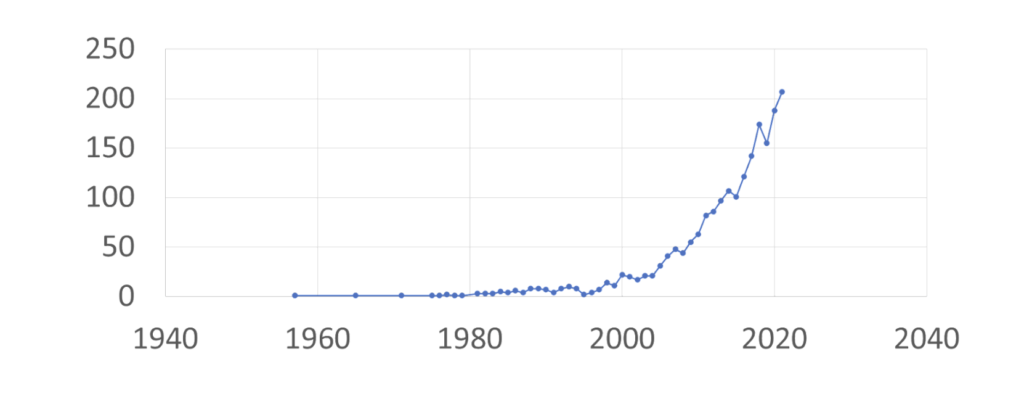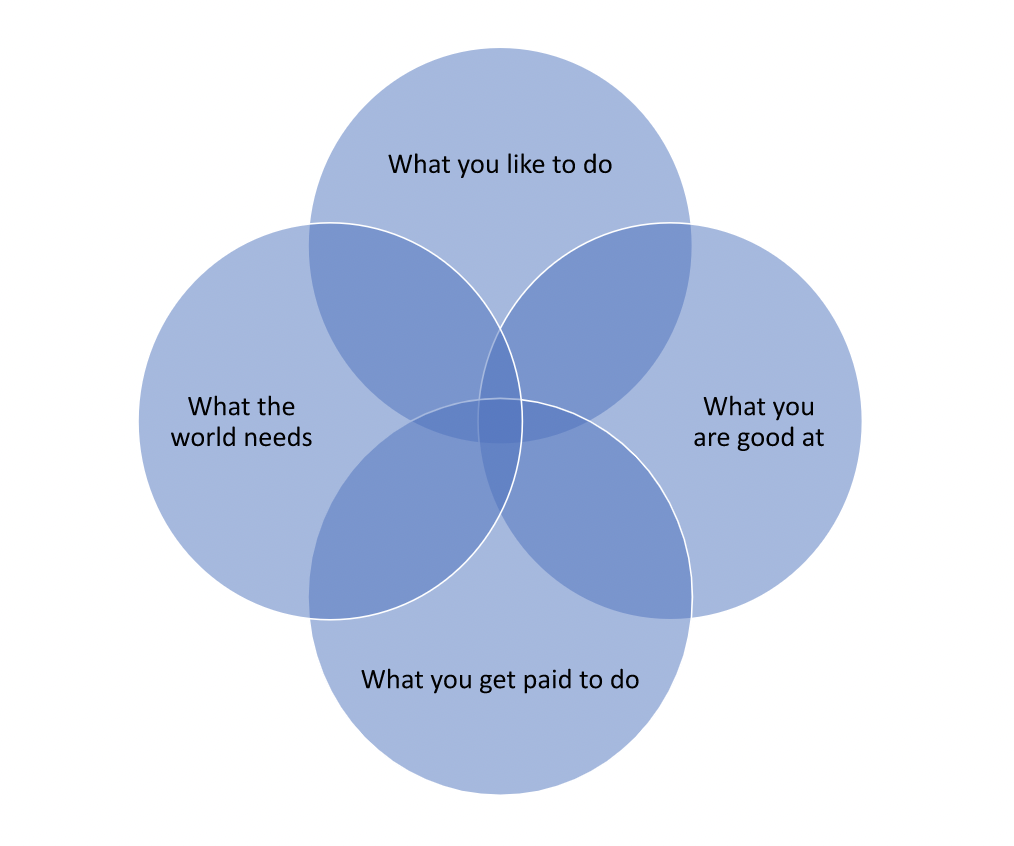Finding your niche: the what, the why and the how
I was recently in conversation with a fellow academic from another university. She was new to academia and new to research. I asked her the inevitable question: “what is your research about?”. She hesitated a bit and then explained that she is still finding her feet and does not know what she is interested in; she is involved in a few research projects and is learning lots through the process. Isn’t that where we all start? There is no need to jump into a niche area from day one. But… we also know the value of developing a niche area and growing within that niche. When you are ready to jump, refer back to this blog post, as it will guide you to developing your research niche area.
1. What is a research niche area?
What do we mean with “research niche area”? First, there is the pronunciation of “niche”, is it “neesh” (as it is pronounced in the UK) or “nitch” (as it is pronounced in the US). Whichever it is, it doesn’t matter; it refers to a well-defined research area within which you operate, build expertise and create new knowledge. Your research niche area may be as broad as “sport injury risk reduction” or as narrow as “using sports biomechanics to reduce injury risk”.
But why do we need one?
Why would we want to work and live within a research niche area? Isn’t it much more exciting to grab onto each and every research project that comes our way? In my earlier years, I was involved in a wide variety of research projects, from anatomy education to restless legs syndrome to the biomechanics of backward walking to ballet, golf and cricket. After a few years, I realised that I feel thinly spread. I have bits of knowledge here and there but not a solid base in anything. I decided to create a niche and slowly started to say yes to more projects in cricket injury prevention and management and no to projects in other fields.
As a side note, sometimes one needs to take one for the team, and you may need to co-supervise a project in the management of burns injuries because you are developing capacity through mentoring of a co-supervisor. You are a team player, and through those projects, you are giving back to your ecosystem. However, do be intentional when it comes to taking on projects whether they are within your niche or not.
Get to know the research base
Operating within a well-defined niche area means you will soon get to know the research base in the field, and the other role players. You will go to conferences in this field, and others will get to know you and your work. You will get invited to speak at events and contribute to policy because people will see you as the expert in your specific niche. And when this happens, and you get the credibility you deserve, you can enhance your impact because your credibility will amplify your impact.
Also, we only have so many hours in a day to become abreast with the underpinnings in our research niche area, and considering how many research papers get published everyday, there is no way that we can be on top of every shiny object out there. Just have a look at the graph below. I searched a single database, PubMed, and used the terms “chocolate” AND “wellness”. If this is your niche area, you will see that more and more research are being done. Go and search for articles in your field, you’ll find that it will be nearly impossible to stay abreast with the developments if your field consists of too wide a range of non-related topics.

PubMed records containing the terms “chocolate” AND “wellness”
One won’t even be able to keep up with research in one field; imagine one had to play in three different fields. Once you have consumed the research in your niche area, and you have a firm grip on it, this knowledge can be applied to multiple research projects within that niche. You will also be better able to contribute quality work to those projects within your niche. Why? you’ll “know your stuff”.
2. How do I formulate my research niche area?
When it is time to decide on your niche area, take out a blank piece of paper or embrace a clean whiteboard. Carefully reflect on the intersection between what you like to do, what the world needs, what you can get paid to do, and what you are good at. I am not sure who the original author is, but all the credit to them.

At the intersection of the circles lies your niche
Draw the four circles as in the diagram above, and in each of them, write your thoughts. For example, what are you good at? I’m good at cricket research because my PhD was in that area; I’m also a physiotherapist, which means that a focus on the injury side is within my strengths. What do you like to do? I like injury risk reduction, it makes me excited to see how we can help others perform at their best in the sport that they love while remaining injury free. What is the need? Although cricket is considered a non-contact sport, there is still a burden of overuse injuries to be dealt with. Where is the money? Will there be funding in my proposed niche area? This was the most difficult one for me because I often feel that funding for sports medicine is limited because it is not seen as a burden of disease. However, sport is a means to stay healthy, prevent non-communicable diseases, and is a way out of poverty. I may not get funding from traditional funding bodies, but I will need to change my model and partner with international and local councils and get funding that way. I was satisfied with my rationale.
The example I used is at a very simple level because it is not riddled with the conflict between different areas. A postdoctoral fellow recently came to talk to me about two research niche areas she was developing in and not knowing how to marry them, they were “maternal and child health” and “cancer”, after a bit of brainstorming, she combined them into one which was “reproductive health”.
Once you are happy with the broad niche area, you may want to narrow it down a bit, but not too much. “Too much” will look different for each area, and you may want to run your idea past a senior colleague for some additional sound boarding.
Concept mapping
Consider using concept mapping to illustrate your niche area. Here is a blog post with some useful videos that can help you in your quest.
I always have a diagram of my research niche area close by. When I need to decide on whether to get involved in a project or not, I glance at my diagram and decide if the project falls within my niche or not.
Now that you have your research niche area conceptualised, it is time to get ready to answer the question: what is your research about?
Elevator pitch
For that, you can create an elevator pitch. I recently made a video and wrote a blog post on how to create an elevator pitch for research.
An elevator pitch is a 30-second answer to the question “What is your research about?” It touches on the problem, a description of the research area and the impact it creates. Here’s my elevator pitch for my research niche area:
“Cricket fast bowlers are prone to injury due to the high-speed, asymmetrical bowling action putting a high load on the fast bowler’s body. My research involves looking at how the bowler moves in three dimensions, and how these movements relate to injury and bowling performance. We use advanced equipment to analyse how each joint bends and rotates during the bowling action, we also look at how the muscles contract during the bowling action. Using our research findings, we can develop injury prevention programmes that can be tested in future research; we can also advise bowlers and their coaches on the risk of first-time or re-injury. Overall, we look at how body movement can be used to prevent injury and enhance bowling performance.”
You can find more solutions to challenges typically experienced by postgraduate students, researchers and academics at the Research Masterminds Success Academy.




